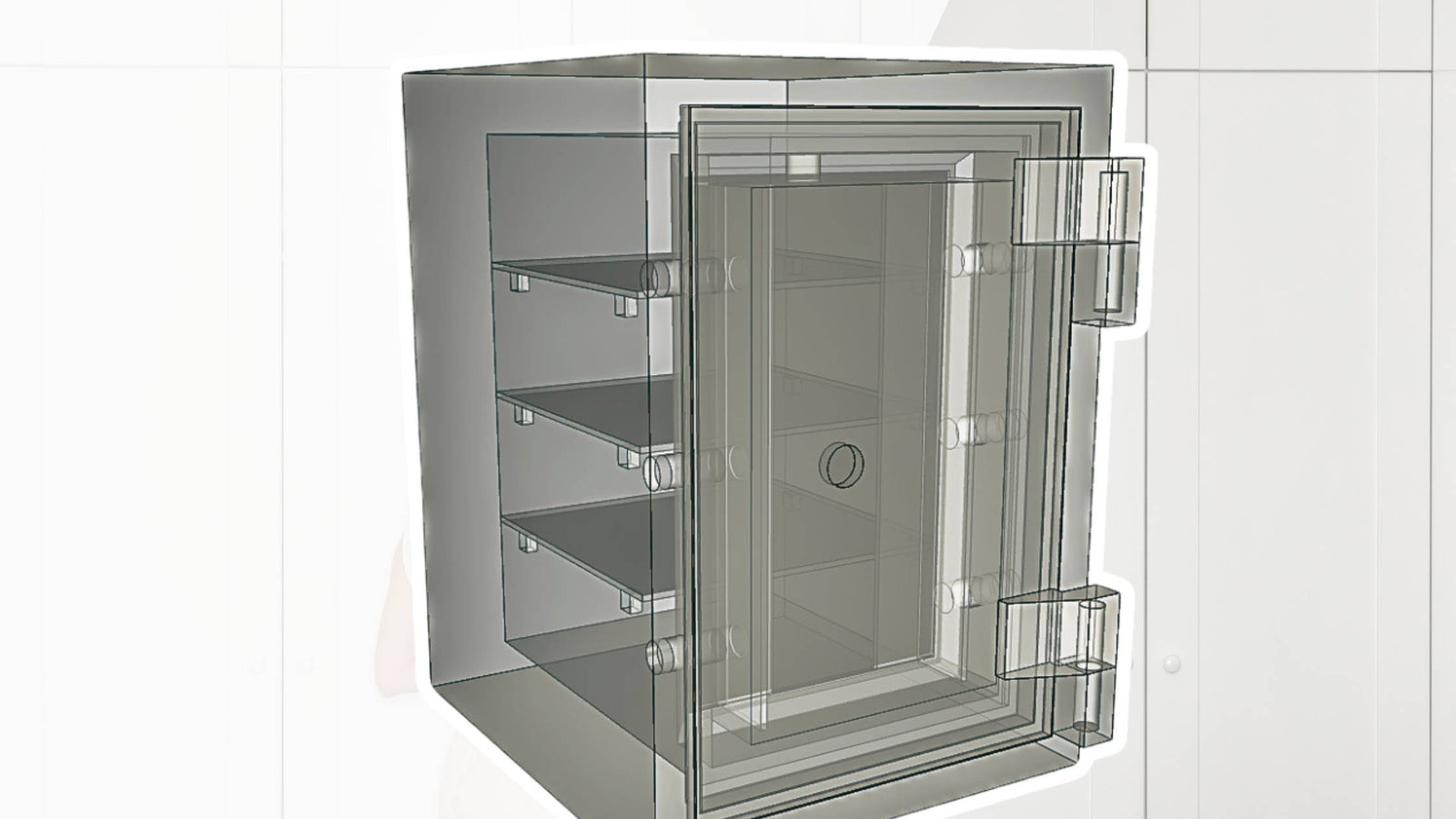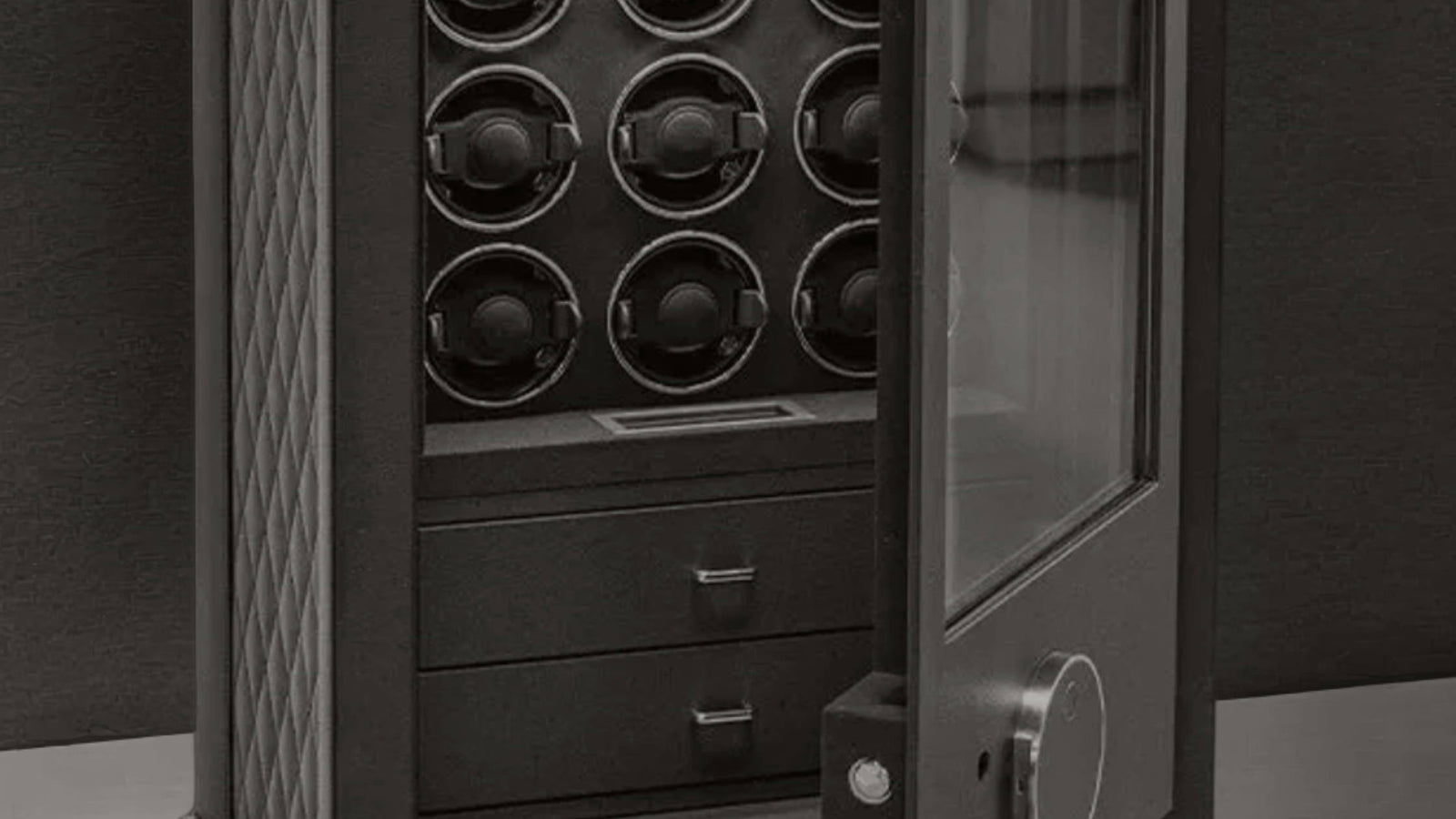While once upon a time safe cracking had a certain elegance to its intricacy, but the game has changed and modern safecrackers have replaced patience and a steady hand with heavy machinery and proper tools. While the art may be lost, the practice is just as prolific as ever. What exactly does it take to break into a modern safe? In truth, every safe has a different approach but here we’ll look at some common techniques that are regularly used to crack modern safes. Hopefully this information can help you understand both the strengths as well as the vulnerabilities of modern safes.

Lock Manipulation
While this is a lesson common method for cracking modern safes it can still be an effective way to gain entry into older safes without damaging the safe in the process. This is the old-school technique in which you can manipulate rotary locks by feel and sound to get the combination. Most modern safes, however, will include false tumblers to deter this method and have rendered it nearly infeasible in the game of modern safe cracking. Autodialers In the modern world of digital locks there’s often no place for lock manipulation and some safe crackers have come to rely on advanced technology to get into modern safes with digital locks. The basic idea behind an autodialer is a custom designed piece of equipment that will rapidly insert combinations into a digital lock in hopes that it will eventually end up with the correct combination. Don’t be fooled by the movies though. This is usually a lengthy process and requires specific programming for different digital locks. There’s no universal autodialer available and each digital lock will likely require advanced planning and programming. Weak Point Drilling This is one of the most common and one of the more effective methods of modern safecracking. The basic idea is that if you can identify weak points and know where to drill in a safe you can gain access and disable the locking mechanism. This method is often used in conjunction with scoping (observing the locking mechanism while you manipulate the dial) or a bypass method in which the physical locking mechanism is disabled. The best defense against weak point drilling is the thickness of the walls and door of your safe. Additionally, glass relocking plates have been specifically designed to deal with this method of safecracking. Brute Force If all else fails, some people may resort to a brute force method to get into a safe. There’s no good way to go about this method but admittedly modern machinery can help. The basic idea is smash it and burn it until it opens. This is usually ineffective for modern safes and usually much more work than some of the alternative options. Additionally it’s very possible to damage the contents of a safe when approaching it with a brute force method.



